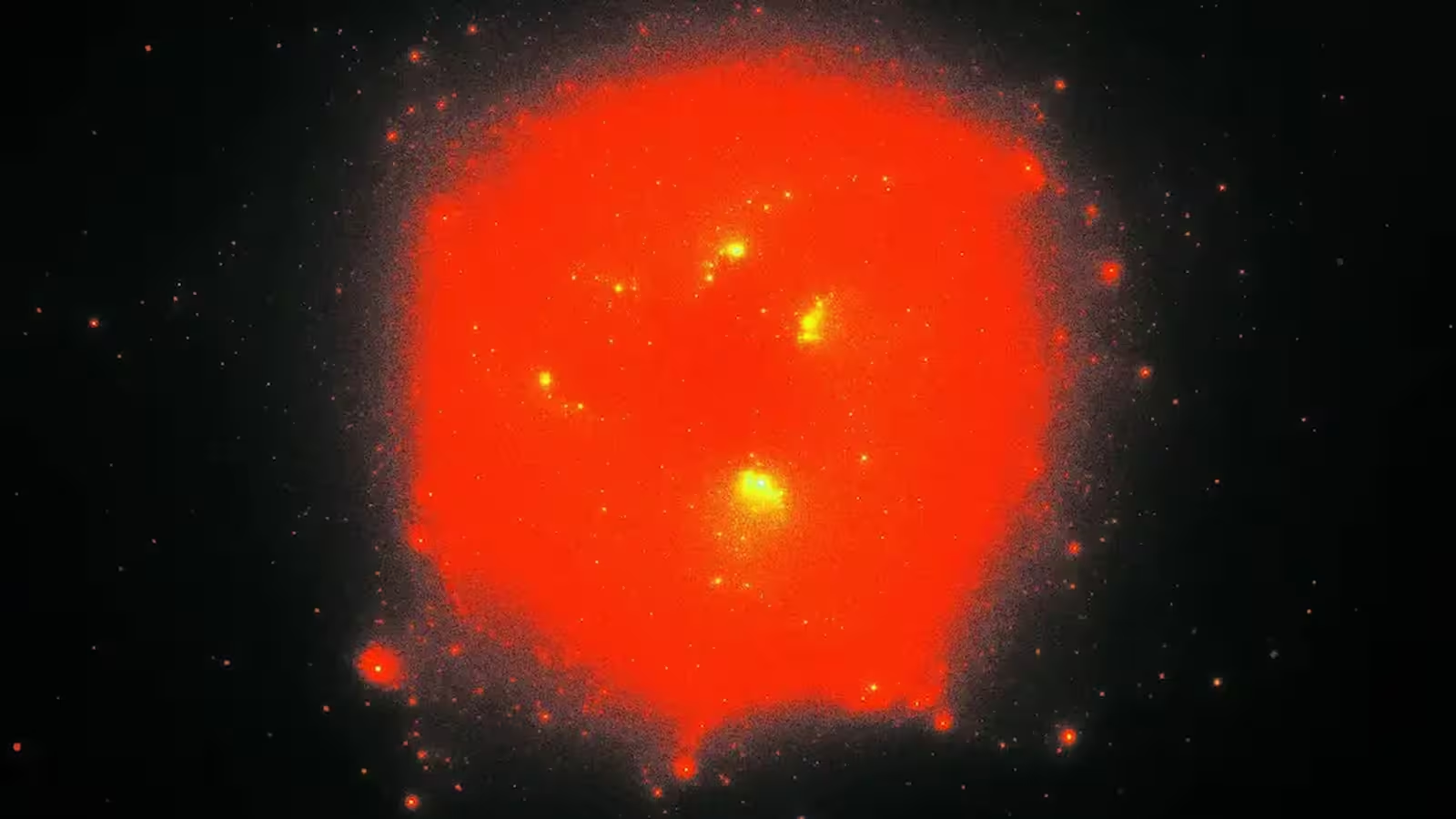4 Minutes
Unveiling the Universe’s First Light: A New Era in Cosmology
For decades, one of the greatest mysteries in cosmology has centered on what happened in the earliest moments after the Big Bang—the period when the universe transitioned from a dark, featureless expanse into a cradle teeming with stars. This enigmatic epoch, known as the cosmic dawn, marks the birth of the very first stars and black holes, but its detailed story has long eluded scientists due to the faintness of its light and the lack of direct observations.
A new breakthrough, however, promises to shed unprecedented light on this formative era. An international team of astronomers, publishing in Nature Astronomy, now reports that we are on the cusp of decoding a primordial radio signal—emitted about 100 million years after the Big Bang. This critical emission, referred to as the “21 centimeter line,” carries unique insights into the conditions that prevailed when the universe's earliest stars, known as Population III stars, began to shine.
Scientific Foundations: What Is the 21 Centimeter Signal?
At the heart of this discovery is the 21 centimeter signal, a specific wavelength of radio emission produced by neutral hydrogen atoms. After the initial fireball of the Big Bang cooled, the universe was filled predominantly with these neutral hydrogen atoms, each consisting of a single proton and electron.
When the first stars ignited, their intense energy had a profound effect: they emitted high-energy photons capable of reionizing the surrounding hydrogen, a process that unlocked photons at the characteristic 21 centimeter wavelength. This radiation acts as a cosmic marker, offering clues about when and how the first stellar and galactic structures emerged. Decoding this signal could ultimately provide a “skeleton key” to the universe’s earliest chapters, revealing physical traits—like mass and luminosity—of the first cosmic objects.
Innovative Instruments and Technological Frontiers
To chase these faint traces from the distant past, astronomers are leveraging next-generation radio observatories. Two projects are at the forefront:
- The Radio Experiment for the Analysis of Cosmic Hydrogen (REACH) telescope, undergoing final calibration, aims to precisely detect these low brightness signals from ancient hydrogen.
- The Square Kilometer Array (SKA), a giant international radio telescope now under construction in Australia, is designed to map the cosmic dawn in exquisite detail.
Researchers from these collaborations have developed sophisticated models that allow them to extract information about the masses of the universe’s first stars, buried within the 21 centimeter signal. Notably, this analysis can provide critical details about Population III stars—a hypothesized group composed almost entirely of hydrogen and helium forged in the Big Bang.
Key Discoveries: The Role of X-Ray Binaries in the Early Universe
A critical revelation from the team’s new models is the previously underestimated role of X-ray binaries in the early cosmos. These are extreme star systems where a compact object—like a black hole or neutron star—pulls material off a companion star, producing intense X-ray emissions.
“Our research is the first to consistently model how the 21-centimeter signal depends on the masses of the first stars, including the contribution of ultraviolet starlight and X-ray emissions from X-ray binaries that form as these stars die,” explains Dr. Anastasia Fialkov, co-author and astrophysicist at the University of Cambridge. Integrated cosmological simulations reveal that X-ray binaries may have been both brighter and more prevalent in the early universe than previously thought, significantly shaping the global 21 centimeter signal detected today.
This insight rewrites expectations for how the first stars affected their surroundings, transforming a quiet, dark cosmos into one full of energetic and evolving celestial phenomena.
Transforming Radio Astronomy and Future Prospects
Thanks to these advances, radio astronomy is rapidly evolving—opening a window onto the so-called "low surface brightness" universe that lies beyond the reach of optical telescopes. The upcoming observations from REACH and the Square Kilometer Array are expected to enrich our knowledge of the cosmic dawn and test key theories regarding how the first light emerged, which in turn helped set the stage for galaxies, planets, and life itself.
Eloy de Lera Acedo, another Cambridge astronomer and principal investigator with the REACH project, notes, “The predictive models we’ve developed have huge implications for understanding the nature of the very first stars. Our radio telescopes now can provide details about their mass and suggest that these primordial stars may have been radically different from the ones we observe in the universe today.”
Conclusion
As astronomers prepare to unlock the secrets embedded in the 21 centimeter line, humanity stands at the threshold of answering some of our oldest questions: How did darkness give way to light, and what were the universe’s first stars truly like? With the combination of state-of-the-art radio telescopes, innovative data modeling, and international collaboration, the next few years may finally illuminate the mysteries of the cosmic dawn—an epoch that has shaped everything we see in the universe today.
Source: futurism



Comments